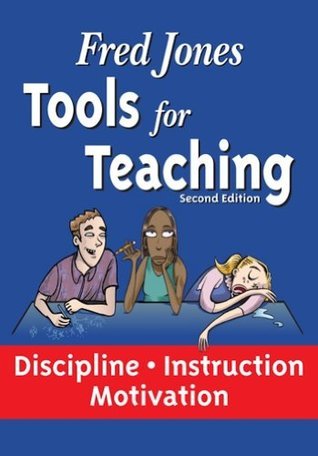What do you think?
Rate this book


341 pages, Kindle Edition
First published October 1, 2000
Have you ever looked at the work kids turn in these days and wondered, "What will happen to this country in the next 50 years?" When you watch Larry sharpen his pencil, you know that the future is in good hands. It’s inspirational.